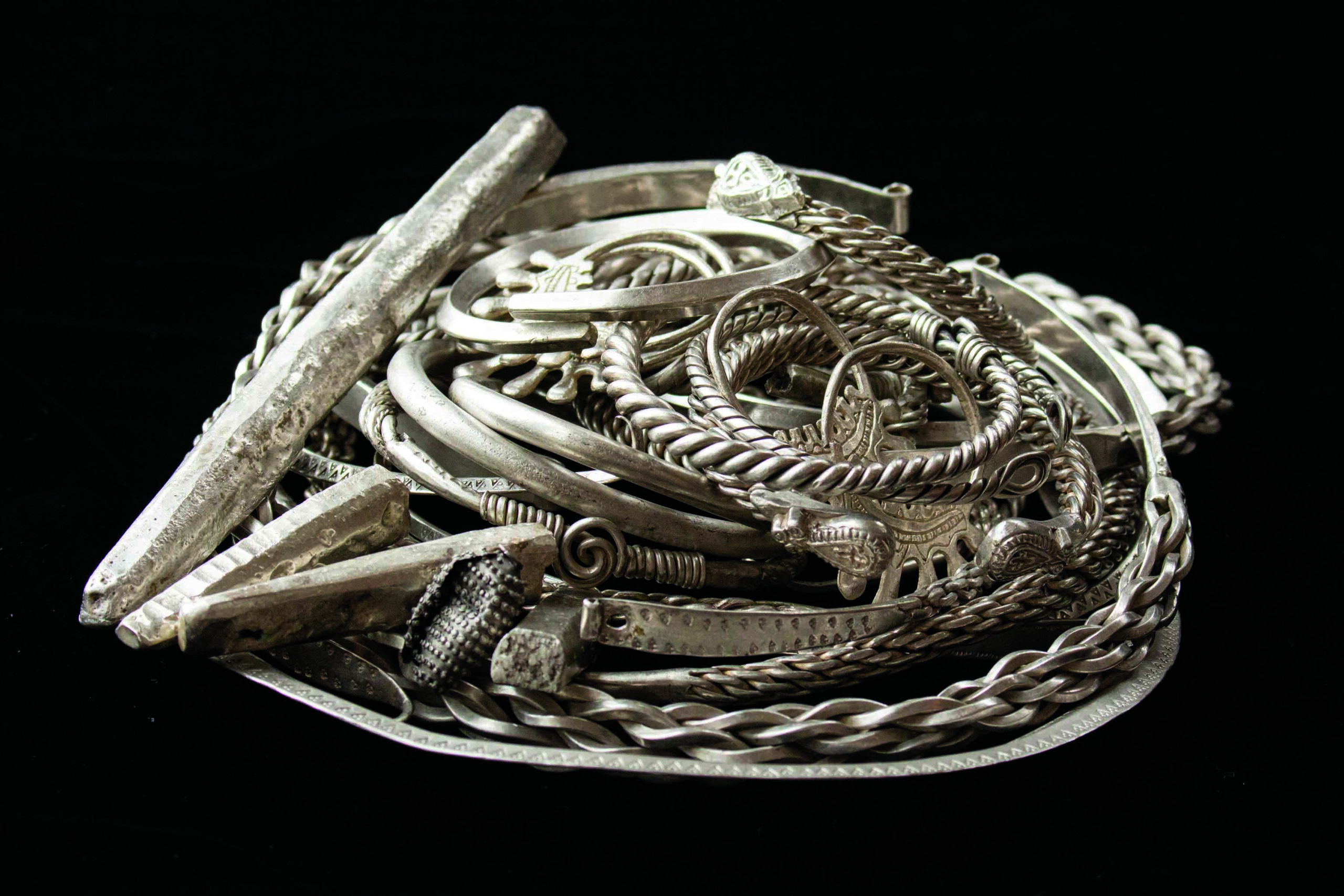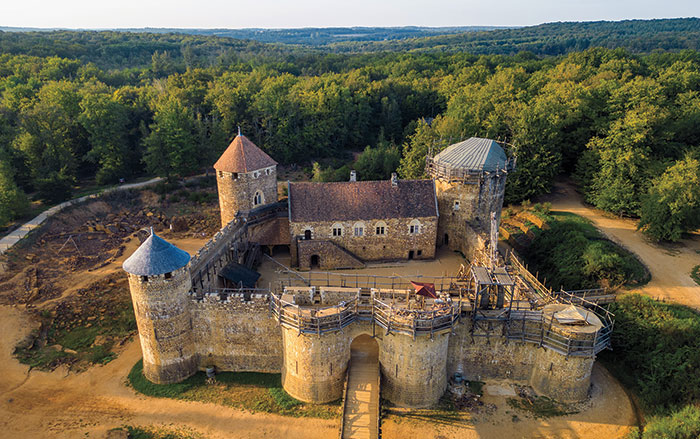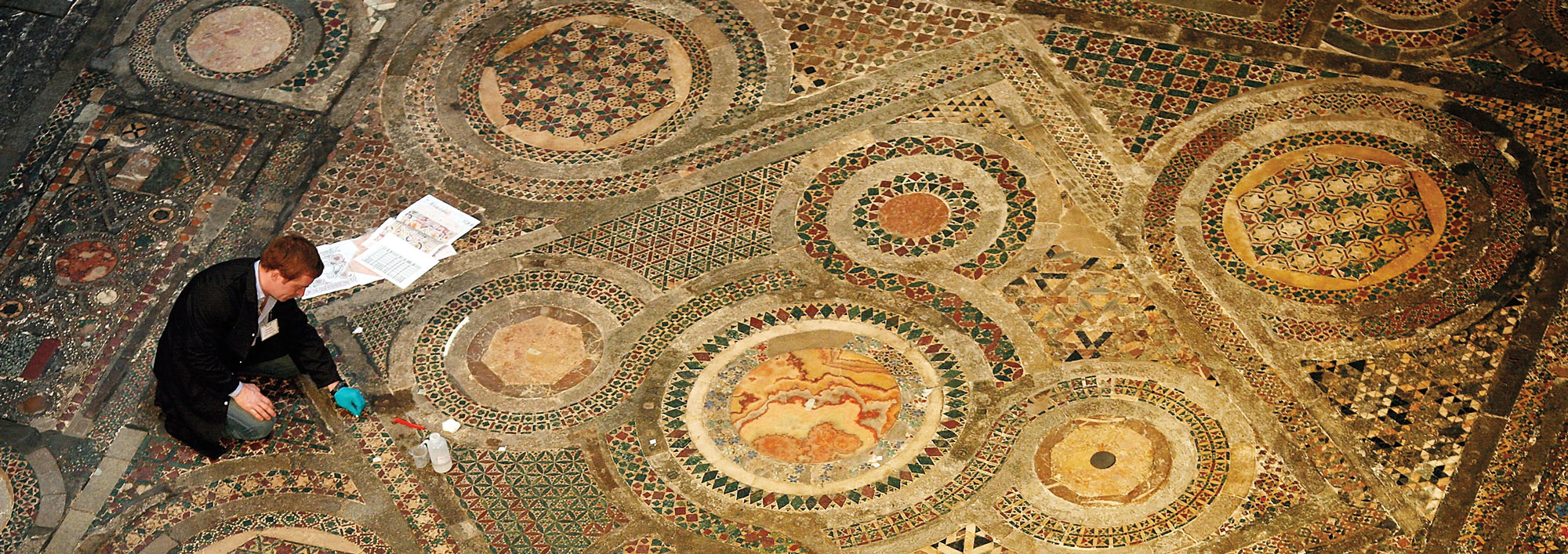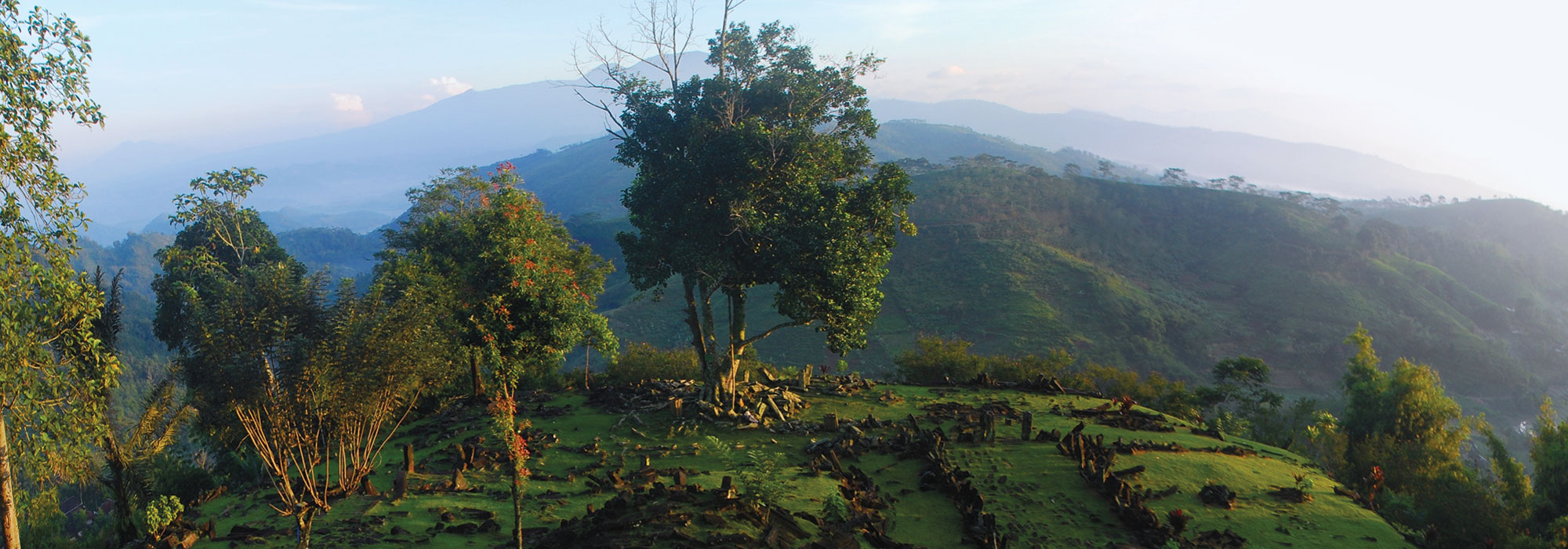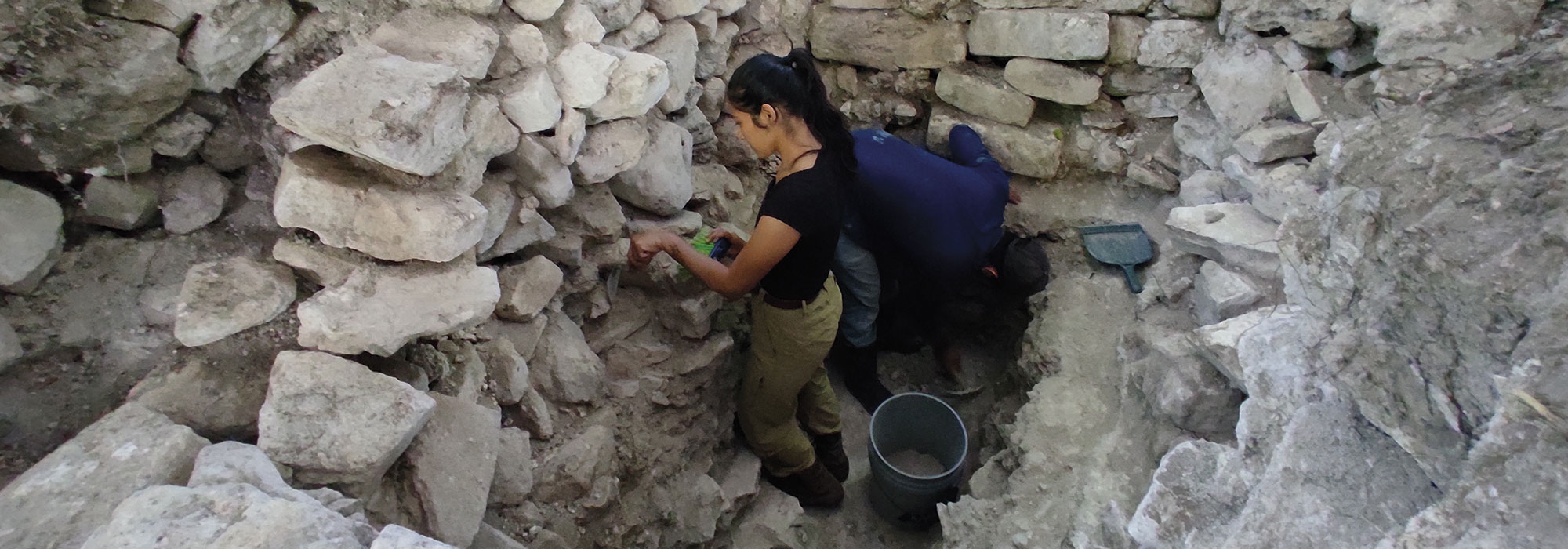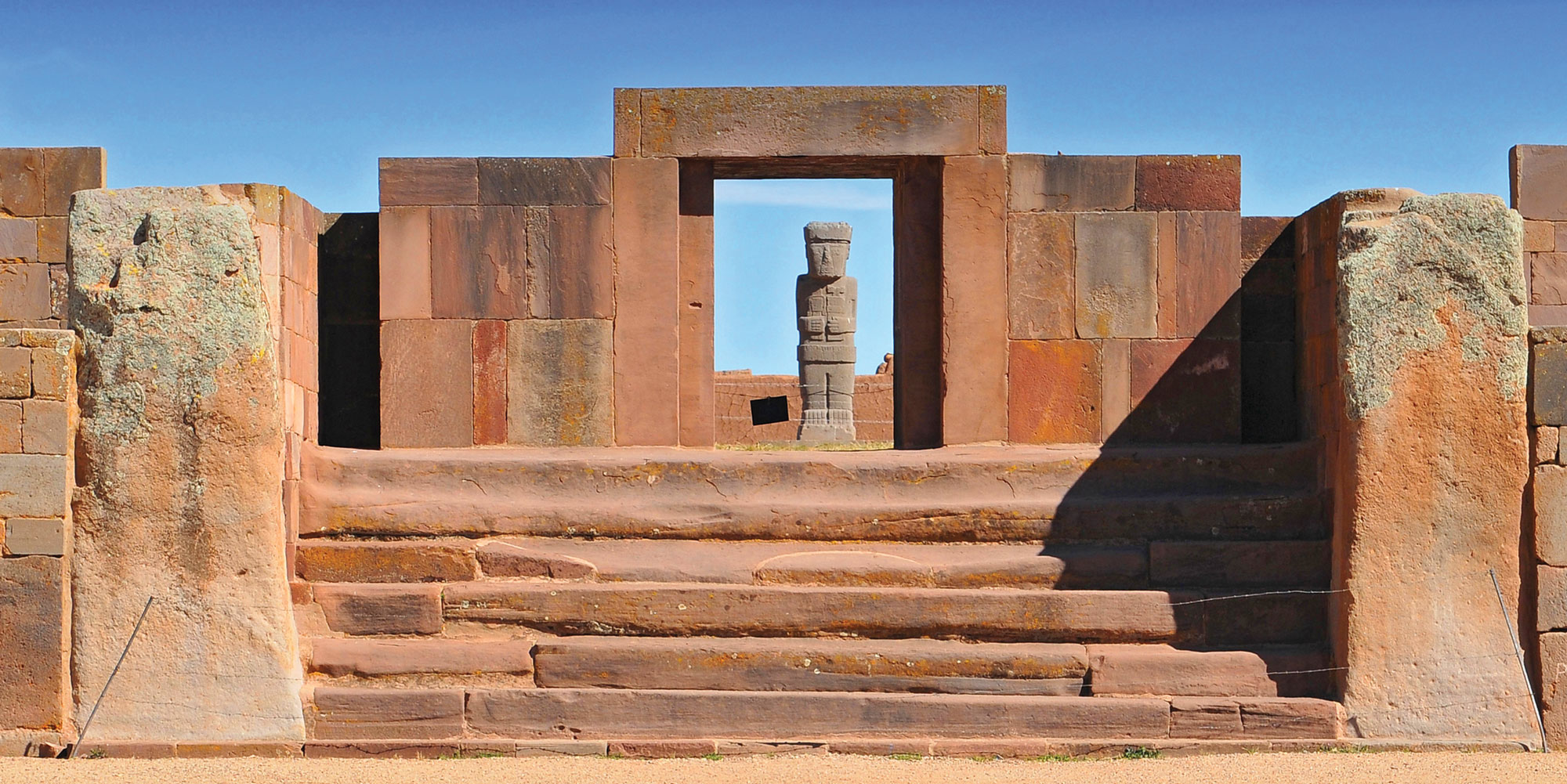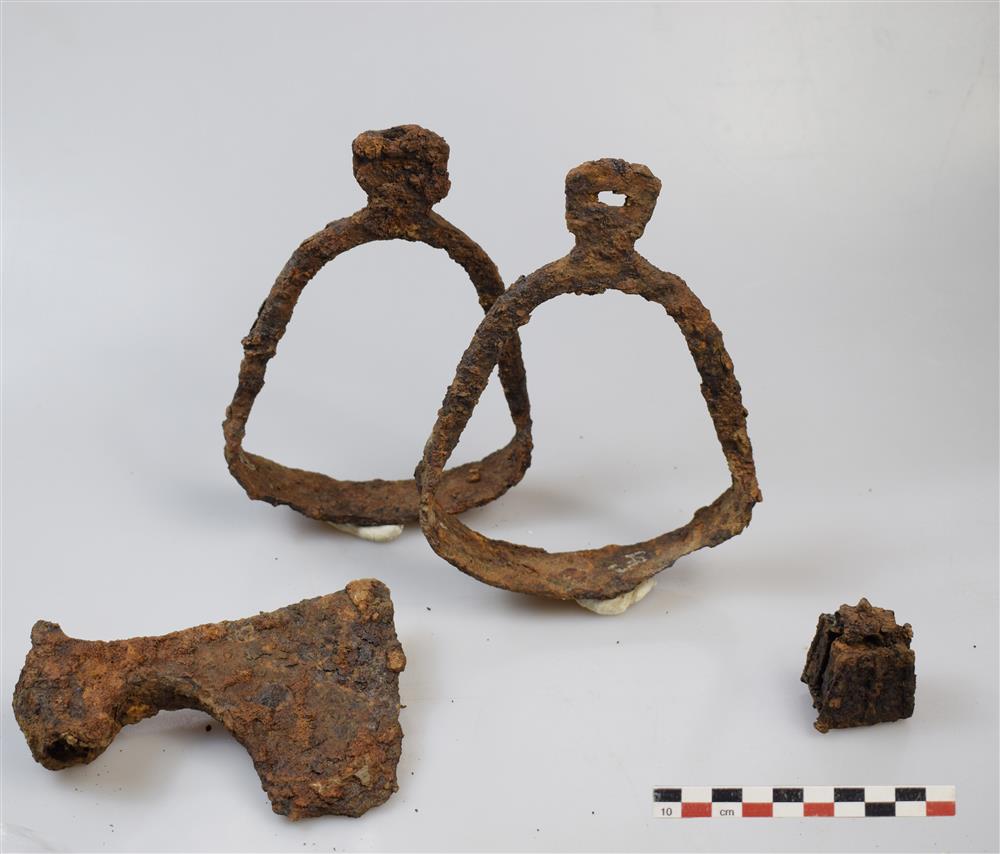
SUZDAL, RUSSIA—According to a Live Science report, excavators from the Institute of Archaeology of the Russian Academy of Sciences working in western Russia at the Gnezdilovo burial ground have uncovered the remains of two people thought to have worked as medieval tax collectors. The first was a man who was between 35 and 40 years of age when he died. He was buried with a bronze belt buckle shaped like a lyre, a knife, a broken ceramic vessel, and a metal battle ax featuring a small hammer at one end and a semicircular notch at its base. This style of ax was popular during the eleventh and twelfth centuries A.D. Nearby, a man who was between 25 and 30 years old at the time of death was buried in a wooden structure. His grave also contained a lyre-shaped buckle, a lock, a knife with traces of a sheath remaining, stirrups, a buckle for fastening a saddle’s girth, and a similar battle ax. The investigation also uncovered a series of weights, thought to have been used by the men to weigh the coins they had collected. To read about an eleventh- or twelfth-century silver hoard uncovered in southwestern Russia, go to "Russian River Silver."



